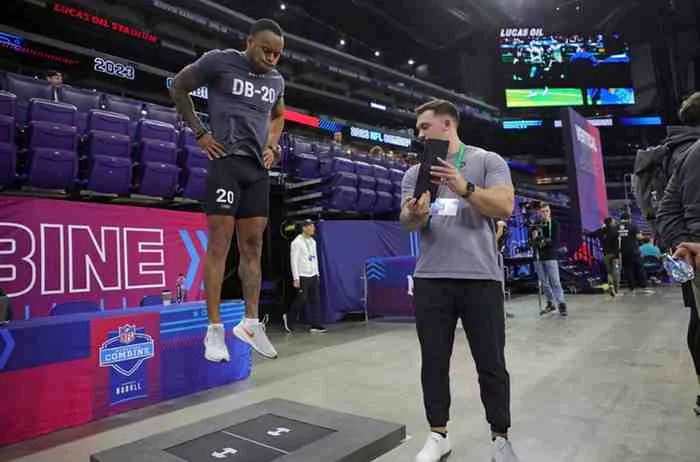[mashshare]

There has been a long-standing debate on whether higher volumes of endurance training equate to elite caliber athletic performances. While it is true that many elite athletes train with much higher volume and intensity than recreational athletes, this certainly hasn’t been shown to be a necessary requirement to compete on this level.
With an increasing volume of training comes a heightened risk of injury, a potentially weakened immunity, and a greater chance of overtraining and burnout. Each athlete is individually capable of handling a given workload and, until the body adapts, this volume should only increase slightly, with caution taken so as not to shock the body into a fatigue- or injury-ridden state. Over time, as more training experience is acquired, this volume can gradually drift upward into the 60-, 70-, and 80-mile, and even 100+ mile weeks.
By no means should an inexperienced runner jump into a 120-mile week training plan and expect to escape unscathed; in fact, some of the highest caliber elite athletes operate at half that volume, under a specific, periodized program designed to substitute quality miles over a quantity of miles. However, others swear by the increases in volume as the key to taking performance to the next level. Is the reward of this high-mileage training worth the risk?
Assessing the Risk
It is well-established in research that exercise in either a high-intensity or high-volume capacity stresses the immune system, making an individual more susceptible to infection, especially immediately following a training session. Unfortunately, a wide breadth of this research involves recreational athletes and sedentary individuals (Mårtensson, Nordebo & Malm, 2014). When considering this trend in elite athletes, you must consider the impact of lifestyle, training tolerance, recovery ability, and nutritional intake, which can all greatly affect the strength and resistance of an athlete’s immune system.
In Mårtensson’s study, which involved 11 elite endurance athletes, the volume of training over several logged years was compared to the number of self-reported sick days. In one year, on average, these athletes trained 462 hours, were sick for 15 days, and were injured for 21 days. The volume of training was not correlated to the contraction of infection, although less fit individuals (those with less training years of experience) were found to be more susceptible than their more experienced counterparts. The latter information aligns with similar research of its kind.
Some studies have reported that the incidence of acquiring an infection post-marathon (or similar event) greatly increases. However, others have negated this cause-and-effect relationship, finding that pre-effort infection is the probable cause for this incidence rate, rather than post-effort sensitivity (Mårtensson et al., 2014). All in all, the physiological training adaptation that occurs in a musculoskeletal and cardiovascular sense also occurs with the immune system. In other words, as an athlete improves and stress demands increase, the immune response must also strengthen to keep from being overrun, both literally and figuratively.
With the explosion of high-intensity interval training (HIIT), it’s no wonder the benefit of high-volume endurance work is being questioned. Still, the largest majority of elite athletes performs 80% of training volume under the lactate threshold, and utilizes HIIT sparingly (Seiler & Tønnessen, 2009). Studies that incorporate a higher intensity of training into already well-trained athletes’ programming prove to be equivocal at best in regards to increasing performance.
What has been consistent and clearly established in the literature is the fact that an 80:20 ratio of low-to-high intensity training leads to excellent long-term performance results in athletes that train daily (Seiler & Tønnessen, 2009). The ability of an athlete to handle high-volume loads in training should be considered on an individual basis, but what seems to be more important is the ratio of this type of base-endurance training to that of high-intensity interval training. The right combination of the two, over time, is better correlated to success in elite athletes today, rather than loading purely for the sake of loading.
References
- Mårtensson, S., Nordebo, K. & Malm, C. (2014). “High Training Volumes are Associated with a Low Number of Self-Reported Sick Days in Elite Endurance Athletes.” Journal of Sports Science & Medicine, 13(4): 929-933.
- Seiler, S. & Tønnessen, E. (2009). “Intervals, Thresholds, and Long Slow Distance: The Role of Intensity and Duration in Endurance Training.” Sportscience, 131-27.
Since you’re here…
…we have a small favor to ask. More people are reading SimpliFaster than ever, and each week we bring you compelling content from coaches, sport scientists, and physiotherapists who are devoted to building better athletes. Please take a moment to share the articles on social media, engage the authors with questions and comments below, and link to articles when appropriate if you have a blog or participate on forums of related topics. — SF
[mashshare]




